Sub-Title:
Certification for OSHA 29 CRF 1910.1030 subpart A, OSHA 29 CRF 1904 Recording and Reporting Occupational Injuries and Illnesses, 29 CFR 1926.21, 29 CFR 1926.25, 29 CFR 1926.28
Government Regulations:
OSHA’s bloodborne pathogen training is required for 29 CRF 1910.1030
OSHA 29 CRF 1904 Recording and Reporting Occupational Injuries and Illnesses,
Occupational Safety and Health Act of 1970
[29 CFR 1926.21- control or eliminate any hazards
29 CFR 1926.25- collection and separation of waste
29 CFR 1926.28- appropriate personal protective equipment
Who Needs this Training?
To reduce or eliminate the hazards of occupational exposure to bloodborne pathogens, an employer must implement an exposure control plan for the worksite with details on employee protection measures. The plan must also describe how an employer will use engineering and work practice controls, personal protective clothing and equipment, employee training, medical surveillance, hepatitis B vaccinations, and other. Engineering controls are the primary means of eliminating or minimizing employee exposure and include the use of safer medical devices, such as needleless devices, shielded needle devices, and plastic capillary tubes.
Dangers of Remaining Uncertified
Employers must offer this training on initial assignment, at least annually thereafter, and when new or modified tasks or procedures affect a worker’s risk of occupational exposure. The purpose of OSHA’S Bloodborne Pathogens Standard is to reduce occupational exposure to Hepatitis B, Hepatitis C, HIV and other bloodborne pathogens that employees may encounter in their workplace.
If employees are exposed and are untrained OSHA can give you citations. The Standard requires that training be given at the time of initial assignment to tasks where occupational exposure may take place. It also requires that annual training be provided within one year of the previous training.
Included Topics
By the end of this course we will have covered the following topics:
Topic 1: Bloodborne Pathogens – 10:24
Topic 2: Risk Exposure – 02:04
Topic 3: Exposure Control Plan – 03:25
Topic 4: Controlling Exposures – 09:50
Topic 5: Hand Hygiene – 03:48
Topic 6: Personal Protective Equipment – 03:44
Topic 7: Medical Waste – 00:40
Topic 8: Cleaning and Disinfection – 02:33
Topic 9: Engineering Controls – 02:15
Topic 10: Labels – 01:35
Topic 10: Precautions and Summary – 04:51
Course Layout
Course format consists of video instruction, intermediate quizzes and Final Knowledge Check
Course Duration
A minimum of 50 minutes is required to complete this course.
Recertification
OSHA requires annual recertification for workers where occupational exposure takes place.
Certificate of Completion
A completion certificate is available for printing immediately upon successfully finishing the course.
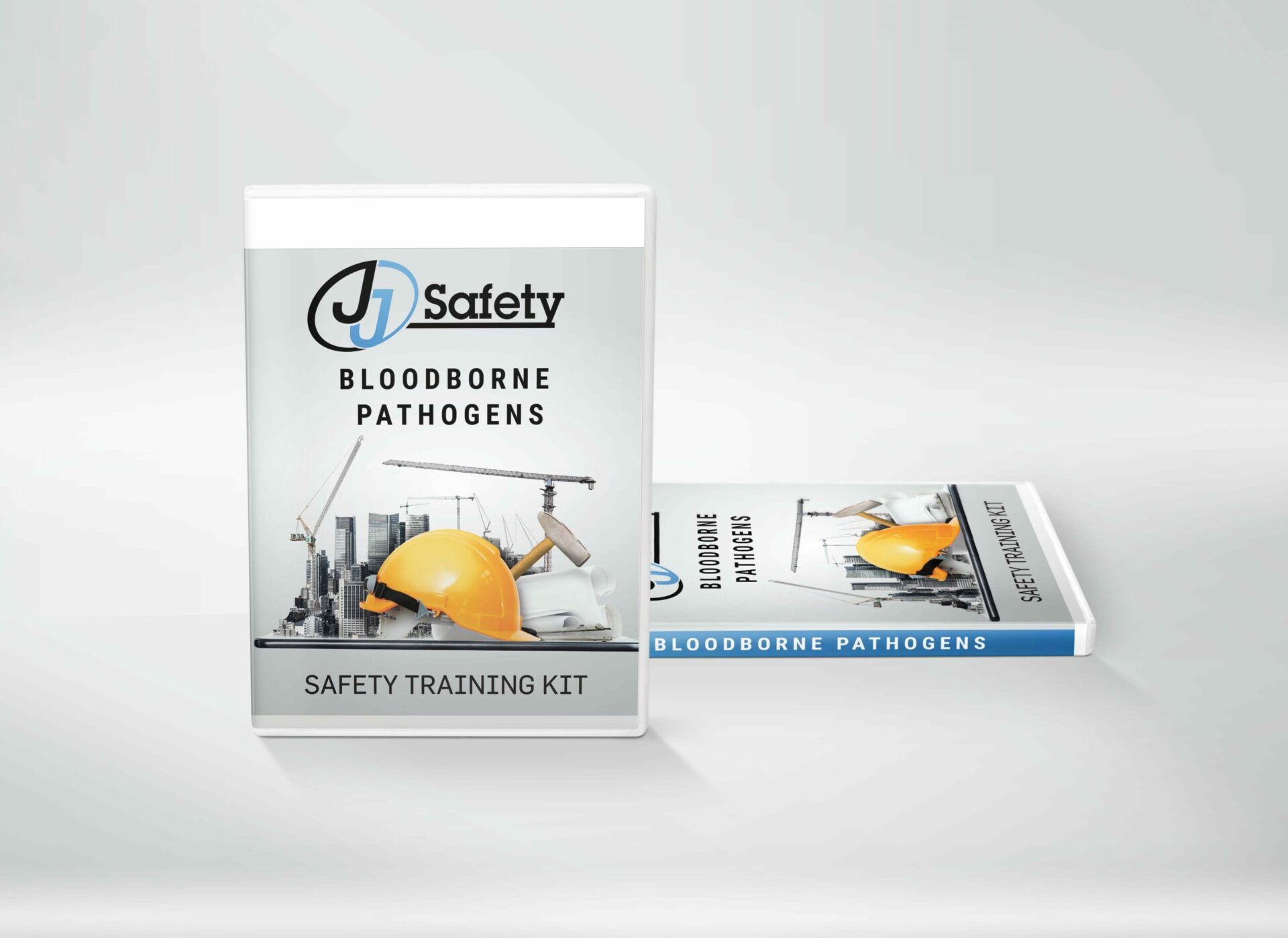
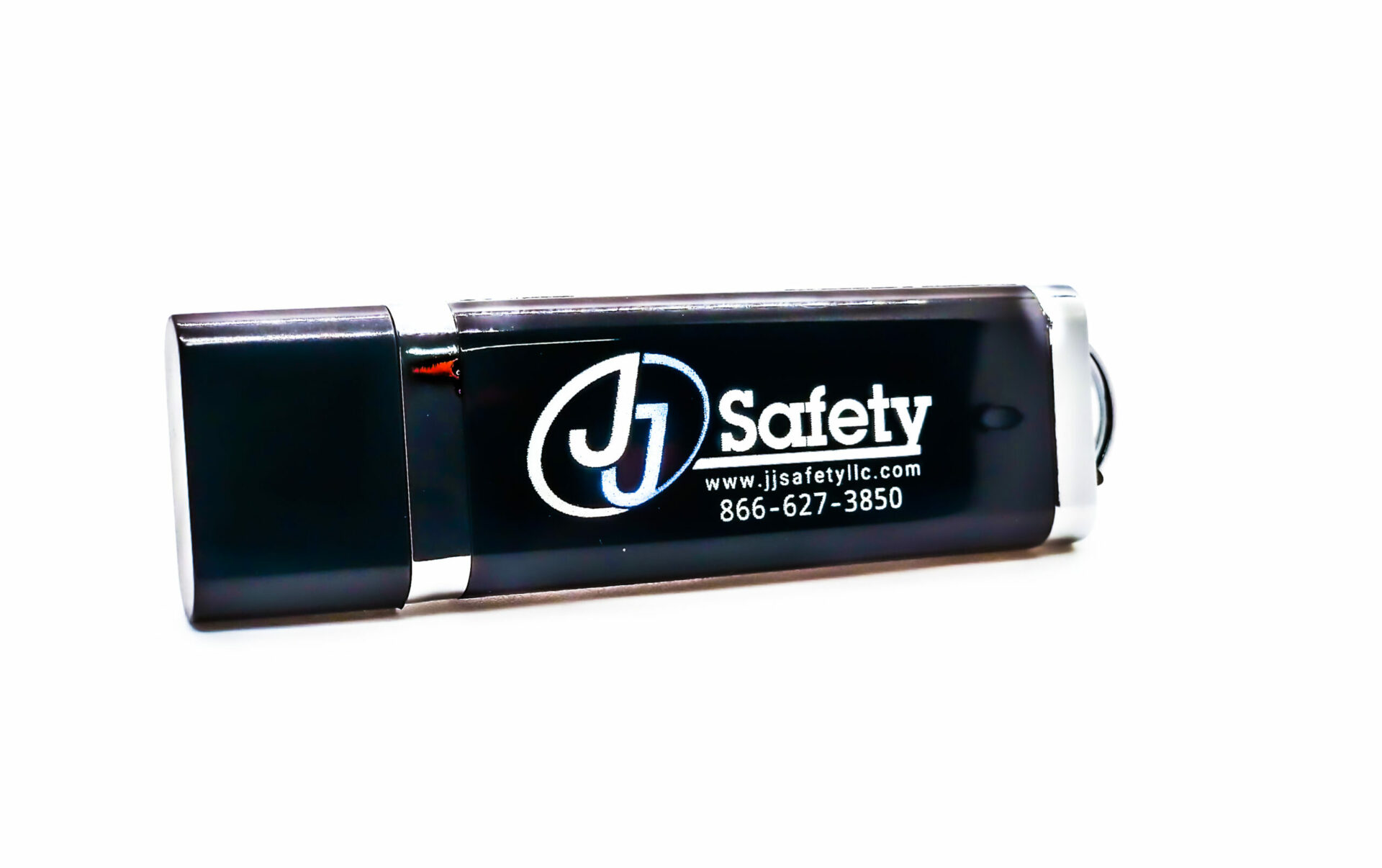

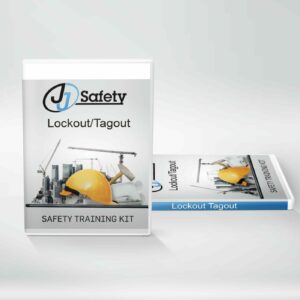

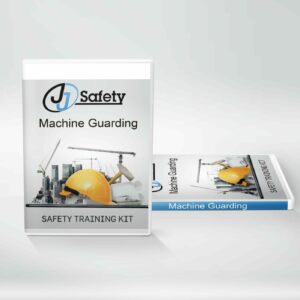
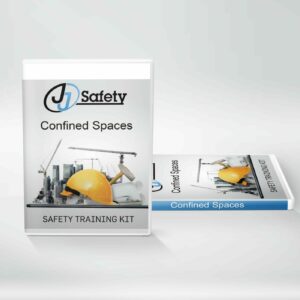
Reviews
There are no reviews yet.